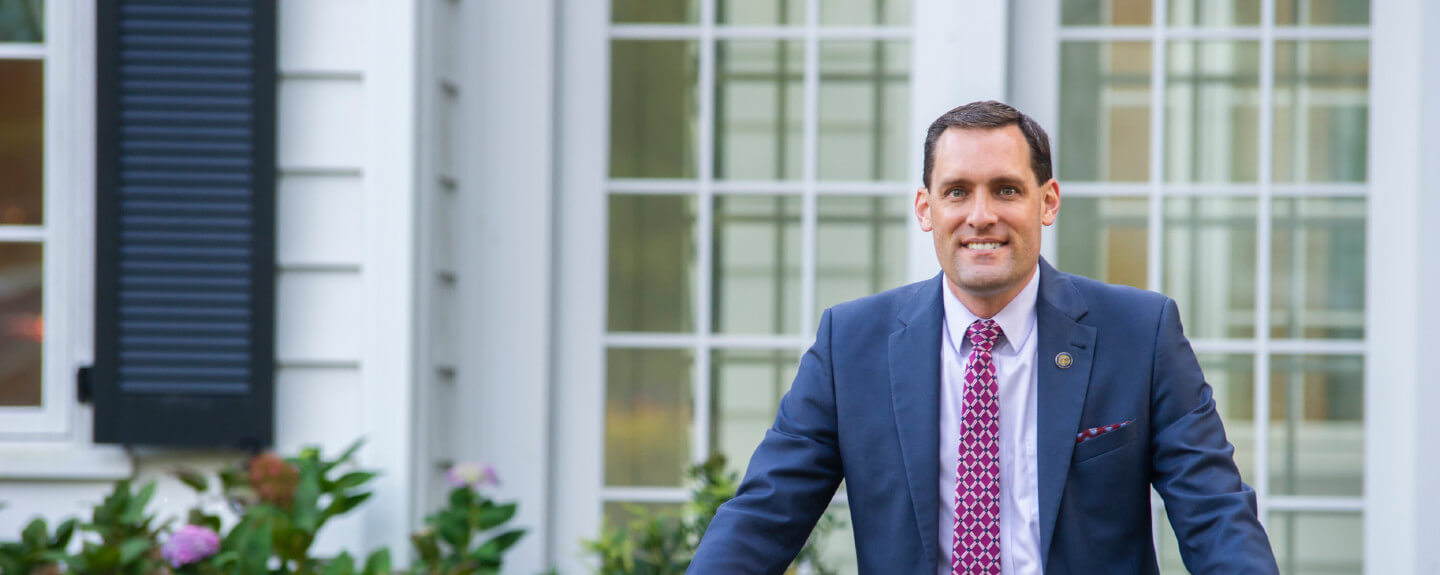There’s More to Hurricanes than Rain and Wind
It has been inspiring to see North Carolina communities coming together to recover and rebuild after Hurricane Florence. Yet I wonder, with many communities on their way toward recovery, will the storm and its aftermath quickly fade from our collective consciousness? Or will we step up and address some of the underlying policy issues that hurricanes unveil? We moved on too quickly from Hurricane Matthew, and we cannot make that mistake again.
Recall that 26 people lost their lives in storm-related incidents due to Hurricane Matthew, and 100,000 structures were flooded in the state, causing $1.5 billion in damage. For thousands of North Carolinians east of I-95, the effects of that earlier storm reverberate today. We have only the beginning tally of what the toll from Florence is.
Why is it that some people are able to recover from hurricanes while others never do? Why are some communities devastated for years and others seem to rebound relatively quickly? The answer lies in large measure in the policy choices our government makes. It’s time to rethink a range of policies, from economic to environmental, that have huge and complicated impacts on communities’ resilience. We need to take on a host of difficult issues that are often ignored but these massive storms force us to confront.
Let’s first rethink our approach to storm preparedness and recovery, especially for those who need it most. Twenty counties in eastern North Carolina are classified as Tier 1—some of the most economically distressed and poorest counties in the entire nation. The residents of these counties are often the least prepared for and most impacted by disasters.
It is easy to understand how vulnerable low-income Tier 1 county residents are. Many do not have access to a vehicle, so evacuating to safer ground is difficult. Even if transportation is available, they do not have the resources to afford emergency expenses like food, shelter, gasoline, and laundry.
Then, after a hurricane, costly cleanup and repairs begin. Recent studies have shown that even the average family cannot afford a $500 emergency expense. The poorer residents of these counties are worse off still. At the same time, some people end up with no job to travel to because their places of work are closed. Other people lose their jobs because they are unable to get to work. Too many storm victims face the reality of snowballing expenses at a time when they have little or no income.
The dollar-by-dollar decisions that people have to make in a crisis are not the result of a hurricane. They are the result of economic policies that have left far too many rural North Carolinians behind. Financial vulnerability compounds misery. We can aid them in the short run with government assistance and charity, but it has never been more important that we begin to work on long-term economic policy that puts more money into rural communities. That is the better solution to hurricane recovery.
We need to tackle some unpleasant truths when we develop this economic policy so eastern North Carolina is rebuilt on a solid foundation. Some of these rural communities rely upon industries that are ill-prepared for hurricanes, and the effects end up compromising people’s health and livelihood—the same people who can afford it the least. And it’s not just economic disaster that our fellow North Carolinians face. Years of environmental hardship lie ahead for people who live near the dozens of hog lagoons that have recently “overtopped” or the coal ash ponds that have spilled into our communities and wetlands, leaking feces and contaminants into rivers, creeks and groundwater.
We must also begin to take on the serious policy work that reduces the likelihood of hurricane damage. We can begin by reversing the law passed by the General Assembly in 2012 that banned the state from creating coastal policies based upon scientific predictions of accelerated sea level rise. This law was passed after a 2010 report that predicted a rise in sea levels of about three feet by the end of the century, and encouraged the state to develop a proactive plan to protect against rising sea levels. Instead, the Republican-controlled legislature did the opposite by hiding the recommendation, thereby burying our collective heads in the coastal sand.
Consider also that the continued viability of North Carolina’s military bases and installations, a vital economic engine for many of our rural communities, depends upon good long-term coastal planning. Some studies show that rising sea levels will submerge Camp Lejeune by the end of the century. By 2050, many North Carolina bases will have 10 times the number of floods they already experience, incurring enormous costs for base repairs and maintenance. Even The Pentagon says“[t]he impacts of climate change may increase the frequency, scale, and complexity of future missions, including defense support to civil authorities, while at the same time undermining the capacity of our domestic installations to support training activities.”
Let me put it another way: North Carolina’s military presence provides billions of dollars in economic benefit to our state. When the Pentagon considers its next round of military base closures, I don’t want North Carolina on the list because our inaction has put their installations at risk.
We must have the courage, integrity and wisdom to tackle the short- and long-term challenges ahead of our next hurricane season. These challenges are complex and difficult, but developing and implementing a bold plan forward is our only choice. It’s the very least we can expect our government to do.
Graig Meyer is the State Representative for House District 50. He can be contacted at graig.meyer@ncleg.net.
This article originally appeared in the News of Orange.

